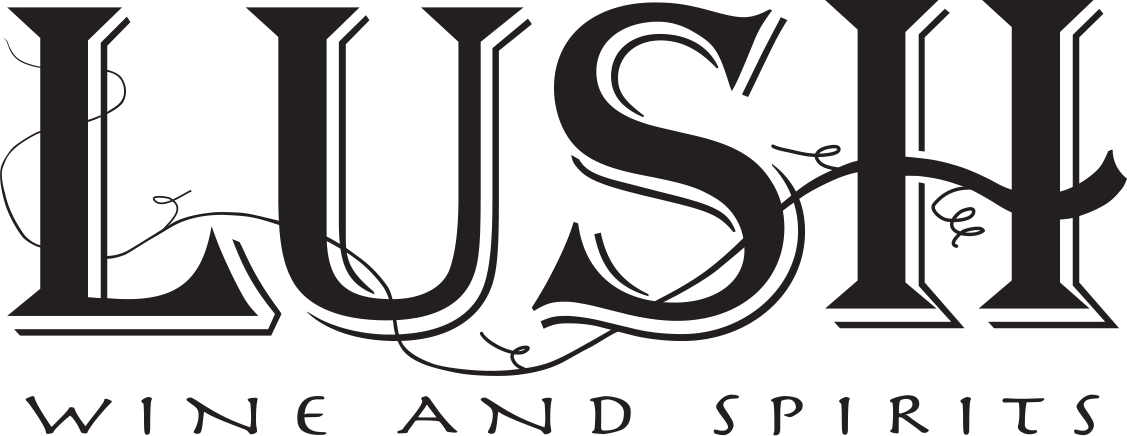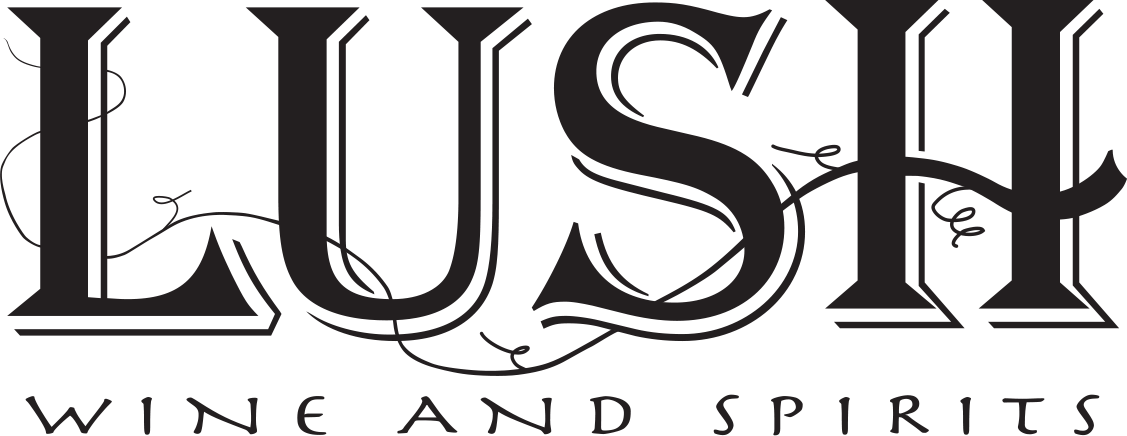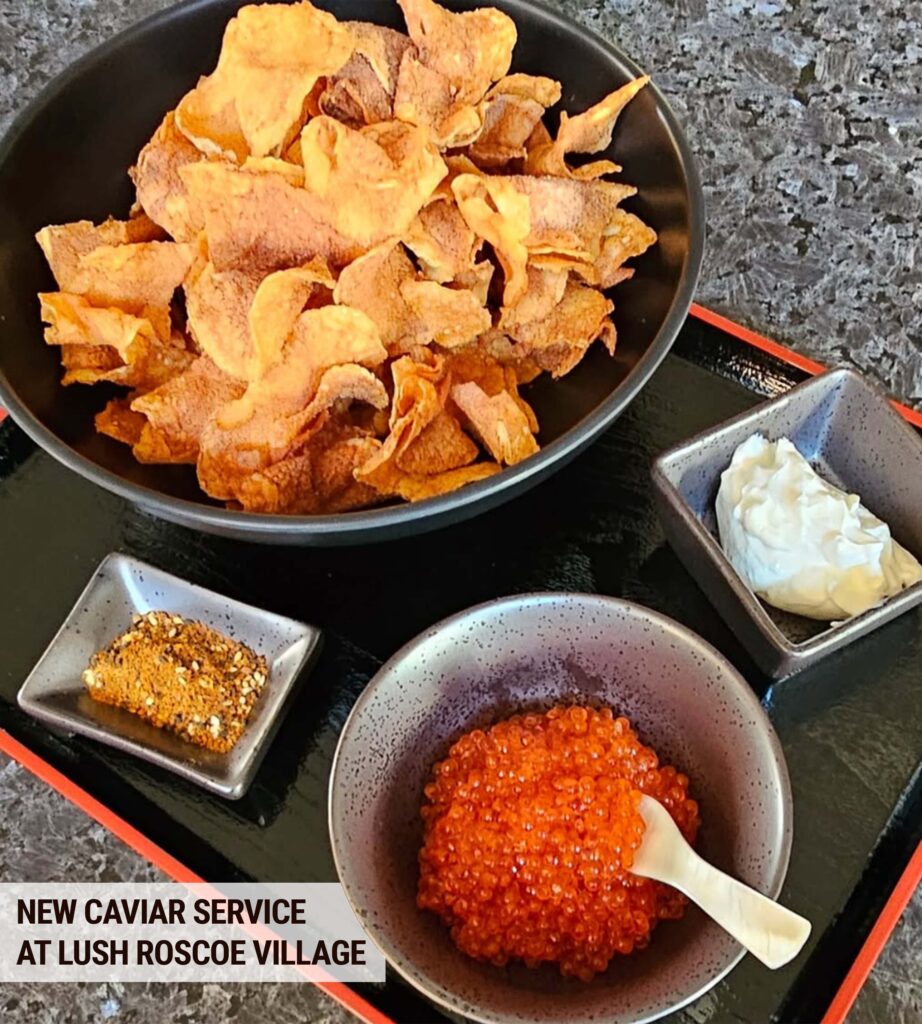By Rebecca Deurlein (originally published on Wine Enthusiast on Oct. 19, 2022)
Drinking wine is a complex, multisensory experience that goes well beyond mouthfeel and, as it turns out, taste.
The brain is constantly influenced by any number of stimuli. For the last two decades, researchers have studied the cognitive and perceptual factors that affect how we perceive wine.
Professor Charles Spence, head of the Crossmodal Research Laboratory at University of Oxford and a forerunner in the field of what he has dubbed “wine psychology,” notes that sound is an important sense when tasting.
For instance, in Spence and Janice Wang’s 2017 study, 140 tasters with a range of wine expertise were asked to rate a pour. After hearing the sound of a cork popping, their quality ratings went up 15% and their celebratory ratings rose 20%—even though they were drinking the exact same sparkling.
As multisensory and experiential wine research continues, the terms “sonic seasoning” and “oenesthesia” have entered scientists’ conversations. Both refer to the practice of pairing wines with certain sounds or songs with the intention of drawing out attributes in the wine and heightening the overall tasting experience.
Do you think music can alter the way we perceive wine? Regardless of where your opinion falls, one thing is clear: This field of research is music to some winemakers’ ears. After all, if the simple sound of a popping cork can elicit such a strong response, who’s to say that other sounds—including music—can’t do the same thing?
Turning Up the Jams During Winemaking
Chris Carpenter—winemaker for Lokoya, Cardinale, La Jota and Mt. Brave wineries in Napa Valley and Australia’s Hickinbotham winery—has always been a music lover. In his opinion, music and wine share many similarities, and listening to the right tunes while working can help one tap into their creative consciousness.
“When I blend, which is arguably the most creative moment in the winemaking process, I lock myself away in a room with none of the operational distractions of running a winery,” he says. He often hears things in the music that unlock deeper parts of his brain, enabling Carpenter to make connections that he may not have otherwise conceived. The resulting wines from his many operations speak—or sing—for themselves.
But when it comes to Carpenter’s creative process, only one kind of music will do. “I enjoy many different genres, but classical music is the only music I blend to,” he says. “Its pattern of sound and mood, its complexity and its timelessness work on my brain in a way that seems to spark the same output in bringing the various flavors in my wines together.”
Setting the Mood in the Tasting Room
Music is an undervalued but important factor when wines are poured, adds Carpenter. Whoever is pouring can change the energy in the room with the type of music being played, whether the goal is to calm and relax (classical or jazz) or energize (Prince, anyone?). Playlists can even be curated to create bespoke wine and music pairings.
“It sets moods, and our moods can affect the tenor of whatever experience we are having in the moment. Tasting wine with or without the right music can drive that tasting experience,” Carpenter says
Banshee winemaker Alicia Sylvester selects the music for her Healdsburg, California, tasting room with fun and relaxation in mind. At any given time, her turntable is spinning a collection that includes Dolly Parton, Rare Earth or Blink-182.
“The ethos behind our portfolio extends to the Banshee tasting room, where music is a focal point,” she says. How does music contribute to the Banshee tasting experience? Carpenter says it’s obvious that people are having fun when they hop up to dance, glass of wine in hand.
Katie Vaughan, Director of Operations at Engelheim Vineyards in Ellijay, Georgia, takes the music-wine connection one step further. “Pairing wines and music makes total sense,” she says. “I pair Corinne Bailey Rae’s Put Your Records On with our Engel Weiss blend–a lighter song with a lighter wine.”
“That song has the perfect easygoing, smooth, relaxing rhythm to match our estate-grown blend of Vidal Blanc, Pinot Gris, Traminette, and Petit Manseng,” Vaughan continues. “Visitors tell me that the song and the wine–together–feel like summer.”
Vaughan also pairs her brooding Trillion Bordeaux blend with moody Frank Sinatra music. “The black currant, anise and cherry just scream Frank,” she says. Currently, she is working with her sommelier to plan a pairing event in the estate’s wine cave that will include choosing a song for each wine poured.
Meanwhile, at Lost Draw Cellars in Fredericksburg, Texas, Shawn Fitzsimmons, tasting room director, curates a playlist that echoes the wines unique to this region.
“We alternate between Texas Country music (Randy Rogers, Robert Earl Keen and George Strait) and a folk and acoustic playlist (James Taylor and Van Morrison),” Fitzsimmons says. “It’s a way to lean into our Texas roots. We pride ourselves on 100% Texas wine, and the easy listening music reflects that.”
Fitzsimmons says that there’s never a time when music isn’t playing in the winery. “Wine, music, our property—they are meant to work together to appeal to all the senses.”
Crafting Sound-Centric Wine Experiences
Medlock Ames Winery at Bell Mountain Ranch in Sonoma County created its new Immersive Sound Experience as a form of sound art to accompany its wine.
“The idea came during COVID, as a way for people to get out and hear the sounds that our growers and harvesters hear every day,” says Ames Morison, co-owner of Medlock Ames. “Hugh Livingston, a local musician and artist, recorded all the sounds, information about the property and the winemaking process.”
Visitors to Medlock Ames don a headset and carry an iPod. As they amble through the vineyard, the iPod’s tracking device alternates between sharing information and immersing listeners in the sounds of nature.
“It’s crafted from over 2,000 hours of sounds recorded day and night in various seasons,” says co-owner Julie Rothberg. “We’re bringing the sounds of a year in the vineyard to life.”
Rothberg says the response has been excellent. “We see heightened awareness when visitors finish the walking portion and sit down for the tasting,” she says. “They are more in tune with nature, and they seem more inclined to comment on the subtle nuances of the wines they taste.”
So, does sound actually make wine taste better? Maybe, maybe not. But if these studies—and the lived experience of these winemakers—prove anything, it’s that music is a powerful force.










